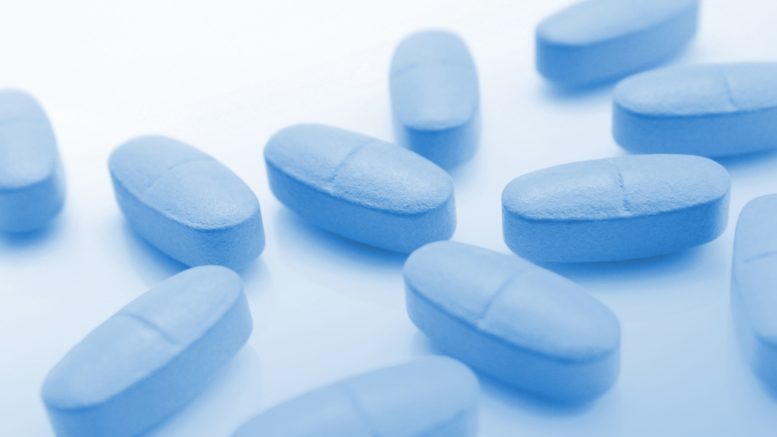A new mathematical modeling study by Ashish Goyal and colleagues, informed by data collected from 25 patients hospitalized with COVID-19 in 4 different countries, offers some important new insights into the optimal timing of four different antiviral therapies to combat the disease.
The results indicate that treatment with either of two small molecule drugs (remdesivir and selinexor), broadly neutralizing antibodies, or cellular immunotherapy may reduce the duration of viral shedding and the intensity of immune responses when administered after peak viral load, at the typical onset of symptoms. However, this timing may not have an appreciable impact on viral "area under the curve" (AUC), a measure of total viral load as a function of time over the entire duration of infection. Instead, administration of a strongly potent antiviral therapy before peak viral load, during the pre-symptomatic phase of infection, will likely provide the greatest suppression of viral AUC, Goyal et al. suggest.
The authors warn, however, that administering a moderately potent antiviral agent on this same timeframe could result in drug resistance. Absent a vaccine or widespread herd immunity, antiviral therapies may be able to lessen the severity of the COVID-19 pandemic. However, most information regarding the efficacy of various antivirals to combat COVID-19 has come from empirical evidence -- which to date has proven scarce, the authors say.
Seeking to close this knowledge gap, Goyal et al. developed a mathematical model based on four datasets of SARS-CoV-2 viral shedding and viral load from 25 infected people: 11 from Singapore, 9 from Germany, 1 from South Korea, and 4 from France. They then applied the model individually to four separate antiviral therapies: the small molecule drugs remdesivir and selinexor, broadly neutralizing antibodies, and cellular immunotherapy. The authors conclude that their model "provides a broad platform for assessment of all major types of therapies," even as they note some important limitations.
"Most critically, [our model] cannot be used to predict trial outcomes but rather establishes important principles to consider when designing and interpreting trials," they say.
A key question when deciding when and how to deploy various therapies, they note, will be to determine whether duration of viral shedding or viral AUC is more relevant for assessing COVID-19 severity.
"If AUC is most predictive of poor outcomes, then all forms of antiviral therapy outside of potent [post-exposure prophylaxis] are unlikely to provide clinical benefit," Goyal et al. write. "However, if shedding duration is the best surrogate, then an early test and treat approach is highly promising for limiting the likelihood of severe disease."
Source: American Association for the Advancement of Science

Be the first to comment on "Mathematical Modeling Suggests Optimal Timing for Antiviral Therapies Against COVID-19"